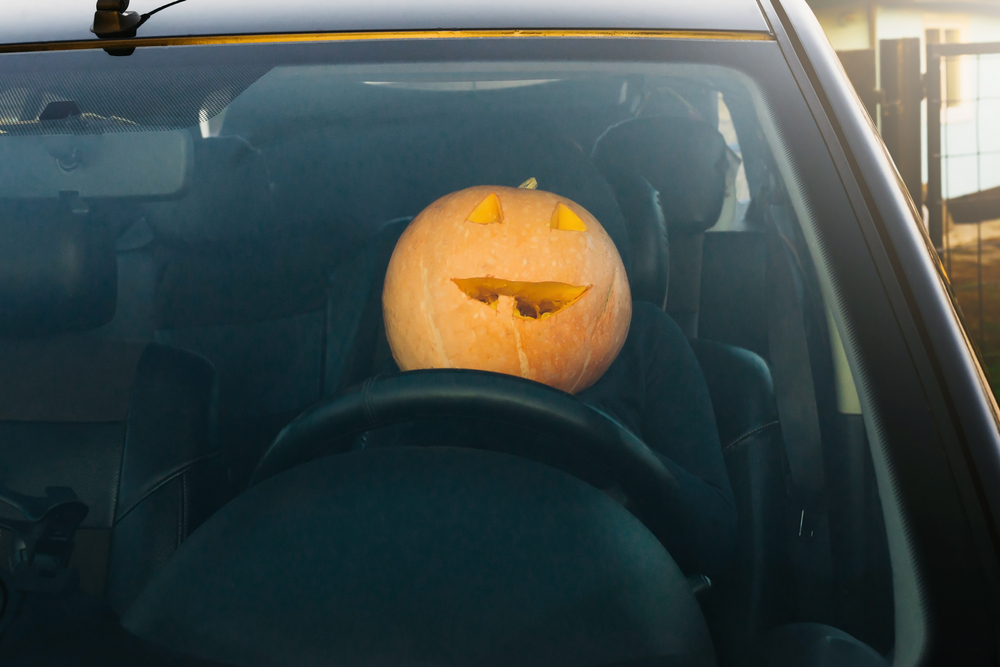According to the National Highway Traffic Safety Administration, road rage occurs when “an individual commits a combination of moving traffic offenses [that] endanger other persons or property; an assault with a motor vehicle or other dangerous weapon by the operator or passenger(s) of one motor vehicle on the operator or passenger(s) of another motor vehicle caused by an incident that occurred on a roadway.”
Despite a clear definition, many states have not enacted road rage laws and don’t have an official road rage policy. Legislation is on a state-by-state basis and any charges made against a perpetrator usually involve an accessory crime such as property damage. If however, road rage leads to personal injury or loss of life, states can charge the perpetrator with criminal offenses.
The following are examples of road rage legislation or lack of it, by a handful of states:
Connecticut
In Connecticut, road rage is considered a 3rd degree criminal mischief, a felony misdemeanor for juveniles. First degree criminal mischief is considered a felony especially if property damage exceeds $1,500 or if the damage occurs to a public utility. Second degree criminal mischief occurs when reckless damage exceeds $250.
Florida
In Florida, left-lane hogging drivers who drive ten miles slower than the speed limit can be ticketed and fined $60 under a larger “road rage” law. One component of the road rage law addresses teens and aggressive driving. While not necessarily road rage, aggressive driving is defined as two or more of the following acts simultaneously or in succession:
- Exceeding the posted speed limit by 15 mph or more
- Unsafely or improperly changing lanes
- Following another vehicle too closely
- Failing to yield the right-of-way
- Improperly passing
- Violating traffic control and signal devices
Massachusetts
In Massachusetts, a state known for its strict driving laws, a teen drivers or permit holders who commit certain types of motor vehicle violations are required by law to complete a SCARR course and completion of the course may be mandated by court. Known as State Courts Against Road Rage, the course was developed as part of JOL legislation (Juvenile Operator Law) to address the increased risks teen drivers present on the road. The law is designed to ensure that teen drivers are not only getting the best possible training before they are fully licensed but that they are also aware of the responsibilities associated with getting behind the wheel. Teen drivers found guilty of road rage or vehicular crimes are usually required to take the SCARR course as a court-ordered mandate. The objectives of the course are to
- Make students face the driving behaviors that got them into the class and discuss how they will change that behavior
- Make students understand the possible consequences involved with dangerous driving
- Educate them on how to handle and prevent a variety of driving scenarios.
Texas
The State of Texas doesn’t have an official road rage policy. It makes the assumption that drivers who commit road rage probably have other moving violations too. If road rage results in a physical attacks against another driver, the attack is covered under existing assault laws.
If You Don’t Live in a State Without a Road Rage Law, Should You Feel Relief?
Not so fast. If you have a teen driver and you drive in a lenient state, it doesn’t mean you don’t have worries. Teens by nature of their rapidly developing brains don’t have the maturity or experience as drivers to handle all situations. While they might not be aggressive drivers by nature, unexpected incidents while driving can set off even the most mild-mannered teen. A fender bender caused by your darling daughter hitting the gas instead of the brake at a light can escalate. How many times has your teen dissolved in a screaming, crying fit under stress? You might know that that fit isn’t aggressive but would an unfamiliar driver?
In many cases, a first time aggressive driving offense will be dismissed by a knowledgeable judge.
Some states like New Jersey, understand the immaturity of teen drivers and are changing laws to reduce crashes caused by teen drivers and to give teen drivers more time to practice, to gain driving experience before unleashing them into the wild. New Jersey raised its legal driving age to 17. The state has the lowest rate of teen-related car accidents in the country. Teen drivers can get permits at 16 but can’t get licenses until their 17th birthday. In Massachusetts which raised its driving age to 16 and a half several years ago, the state is considering legislation to raise the driving age to 17 and a half.
But there are other factors a police officer might charge your teen driver with based on perception, cultural bias, neighborhood, and situation.







One Response